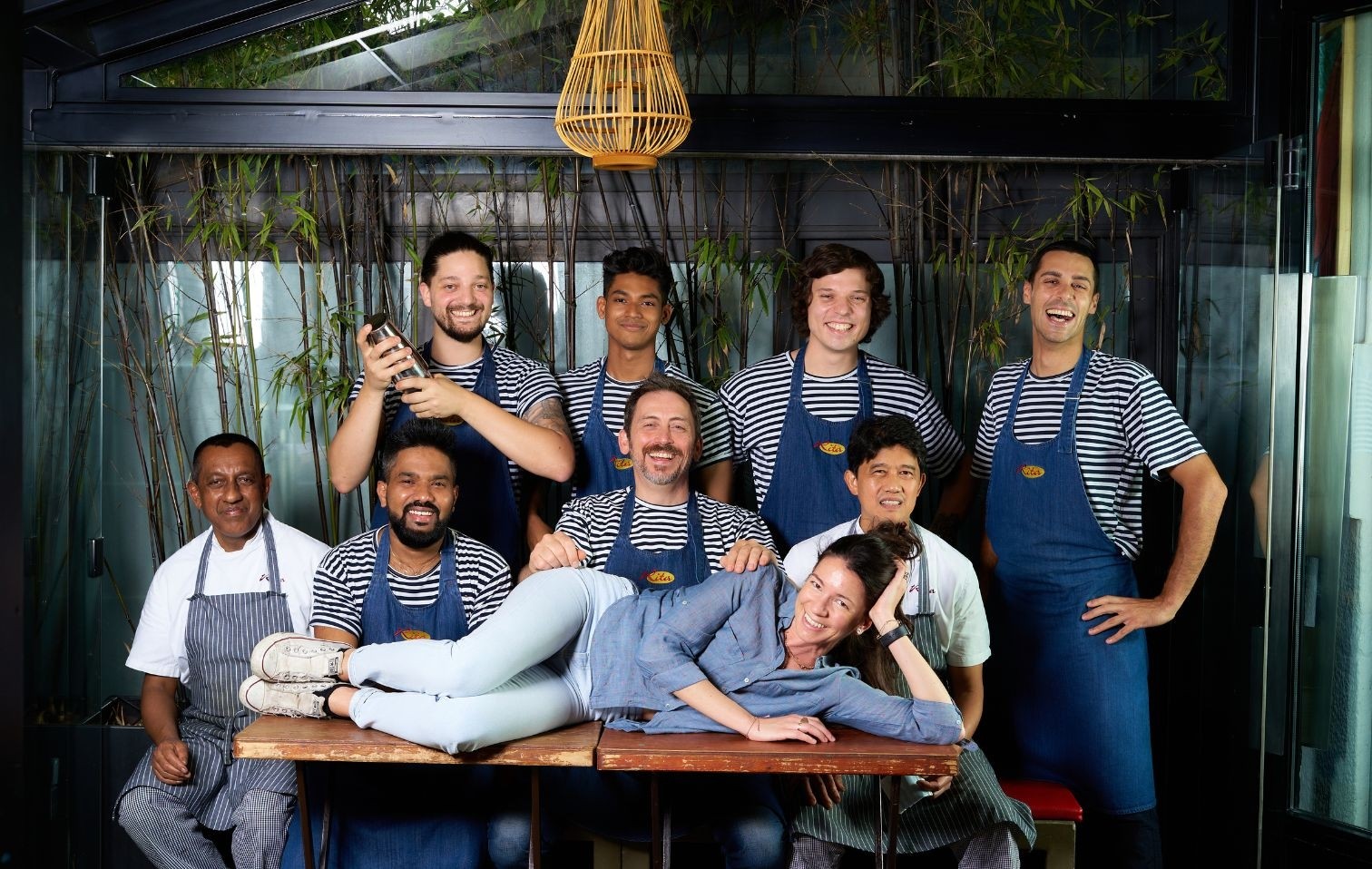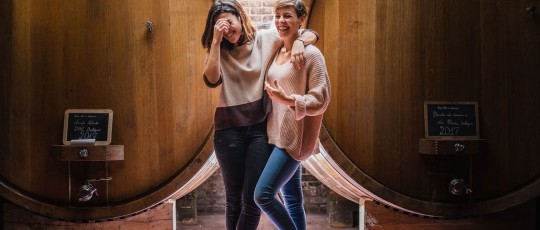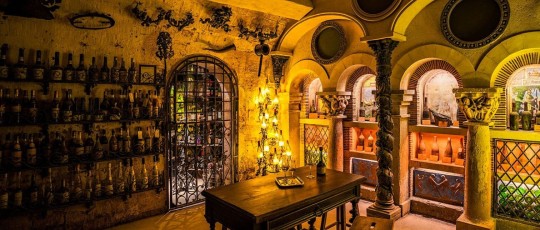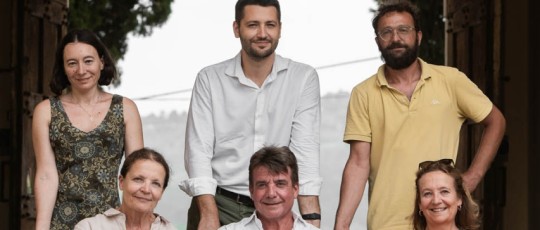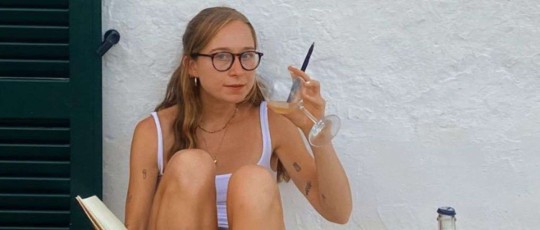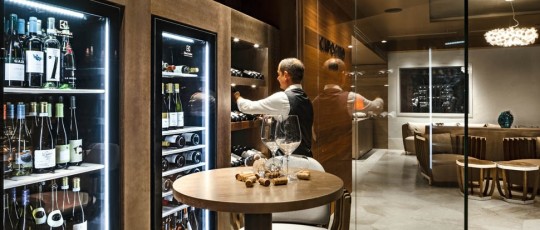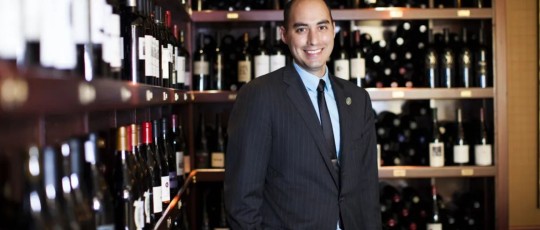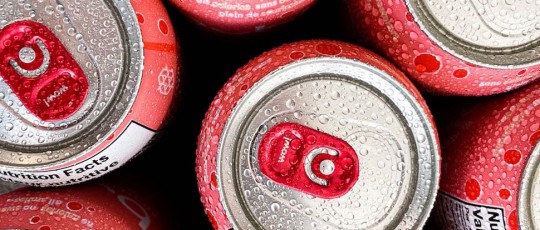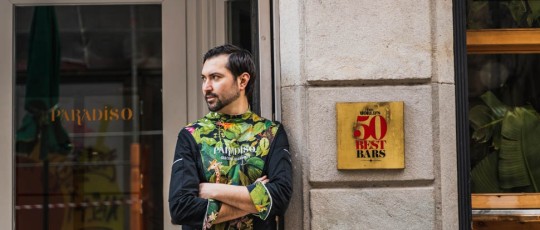Fresh and seasonally inspired ingredients, drinks made on the spot, zero waste: Rita has been a trendsetter on the Milanese mixology scene. But what is the present state of this well-known establishment after two decades? From prestigious labels to cuisine, and the use of microgreens in cocktails, here's the answer!
The story
Rita is an institution in Milan that hasn't become institutionalized. Celebrating its twentieth anniversary in 2022, this American bar in a side street off the Naviglio Grande was founded by Edoardo Nono and Gianluca Chiaruttini with the precise idea of pioneering the high quality of raw materials. A concept that may seem commonplace today but was groundbreaking at the time.
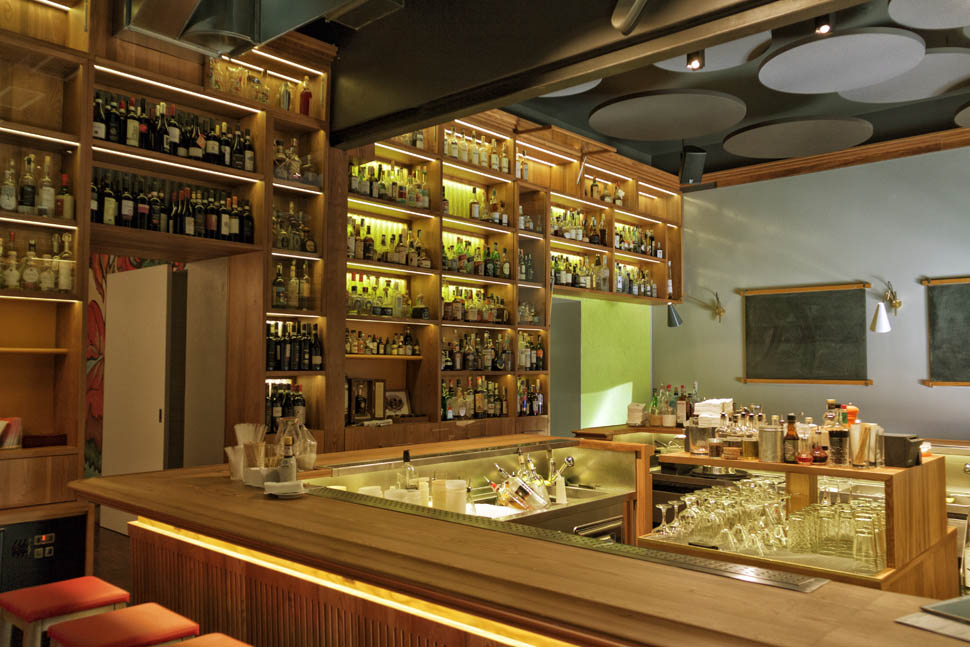
Nono, born in 1969, has been active in the bar industry for over thirty years, starting in luxury resorts, hotels, and cruise ships. He studied Hotel Management at the University of Tourism and, after a few years, opened Rita, making it an essential reference point for mixology in Milan.

Chiara Buzzi, on the other hand, is a decidedly eclectic professional. Born in 1986, she shifted to restaurant management after a humanistic education. She is a partner and head of human resources, events, and communication, finding time to write about food and wine for industry publications. She tells us how Rita transcends current trends, remaining true to a model that was avant-garde twenty years ago, then became trendy and was eventually abandoned.
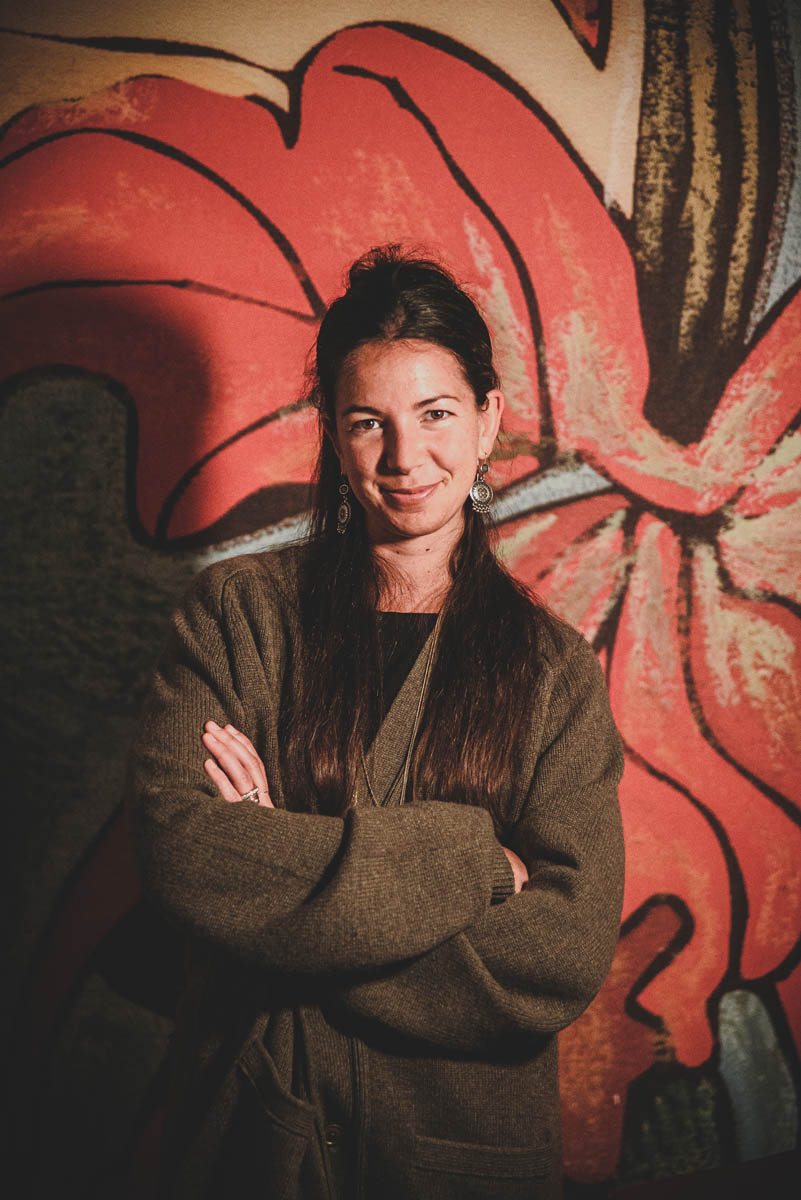
The venue
"We have almost nothing pre-batched (in technical jargon, pre-assembled cocktails, meaning a drink made in advance and bottled to facilitate and speed up service, editor's note): for some, this is considered vintage, but we remain alive in people's minds, and our distinctive feature is that of a custom-made American bar where tons of limes, oranges, and grapefruits are squeezed." So, at Rita, the use of acids is kept to a minimum, freshly squeezed and preferably seasonal products are still favored, and drinks are made on the spot, shaken, and served.

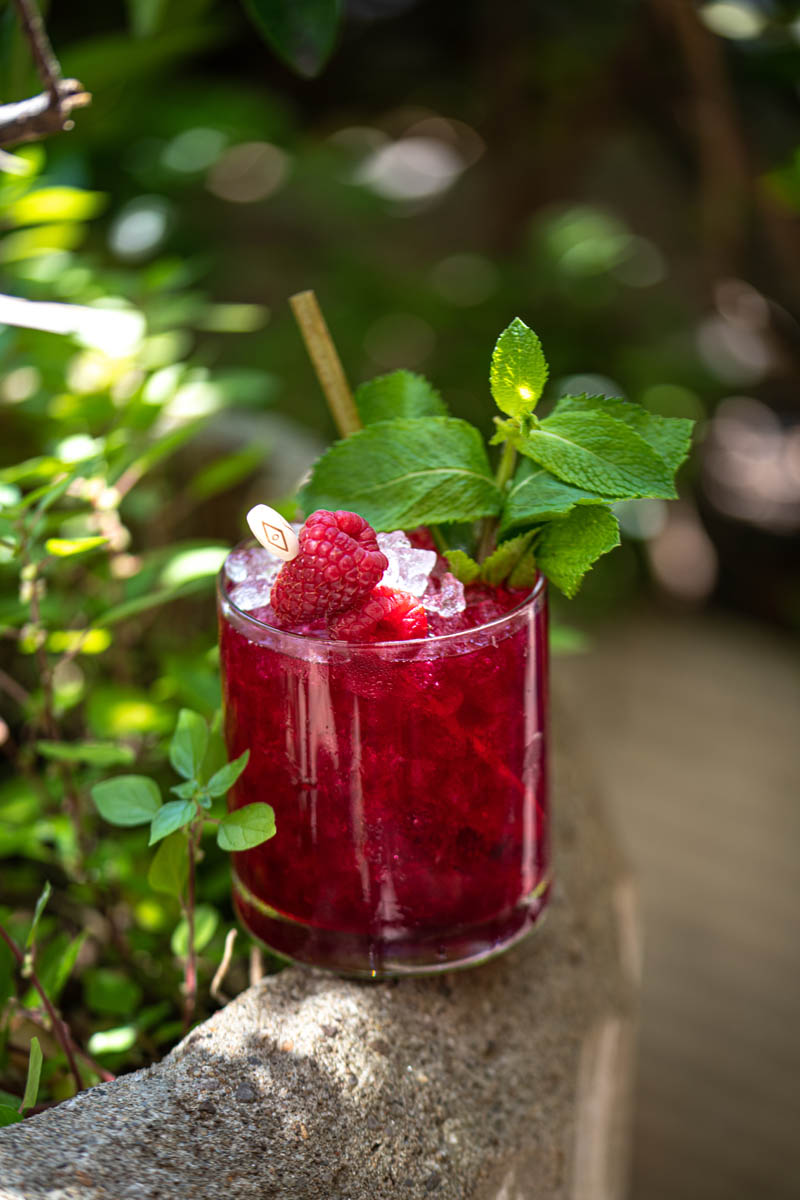
Rita's well-equipped larch wood counter, with lights, coat hooks, and USB outlets for charging phones, provides a show. Behind it is a bar with over eighty labels of gin and at least five hundred premium spirits. Along the side walls are beautiful red leather sofas and a private area. Finally, a lovely outdoor seating area with large windows is heated in winter. When it comes to food, Rita doesn't play around: since February 2023, the kitchen project has been curated by Eugenio Roncoroni, also at Rita's Tiki Room. Between aperitif and dinner, you can enjoy excellent finger food, tapas, and substantial dishes like the notable anchovies from Sciacca with mascarpone and toasted bread, a remarkable club sandwich, and more elaborate options.

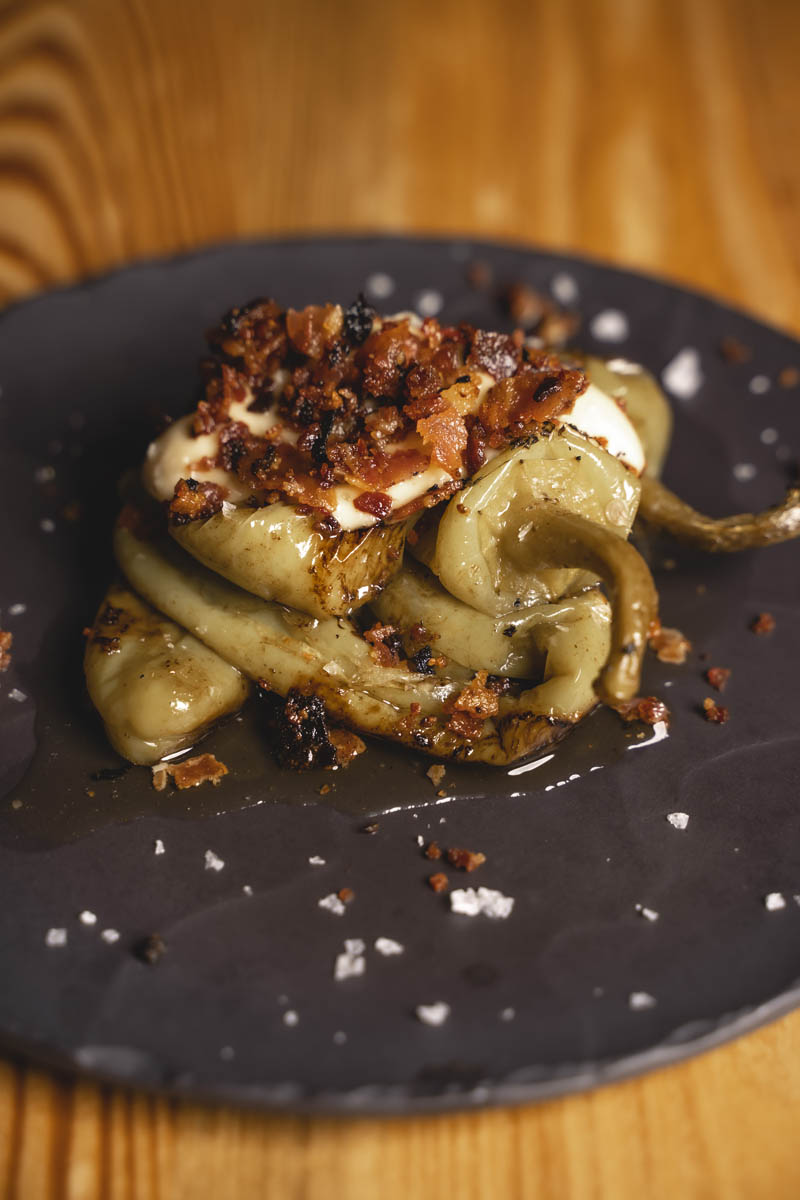
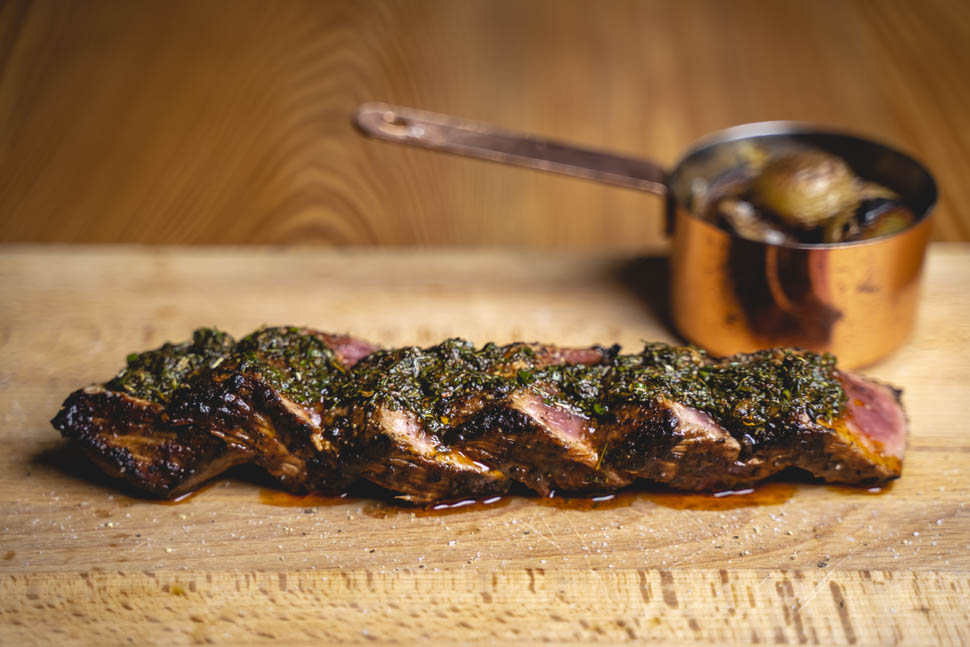
The core of the offering is the classics of international mixology executed masterfully, but there is also a more personal and modern offering, thanks to the very young staff trained exceptionally here. The common thread is always freshness and quality of ingredients, with selected juices and spirits and without the use of syrups and freeze-dried products. Chiara says, "New ideas are welcome, but if someone orders a Martini, it must be prepared with artistry. We are a high-volume street bar that delivers great quality, something that usually happens only in small establishments."
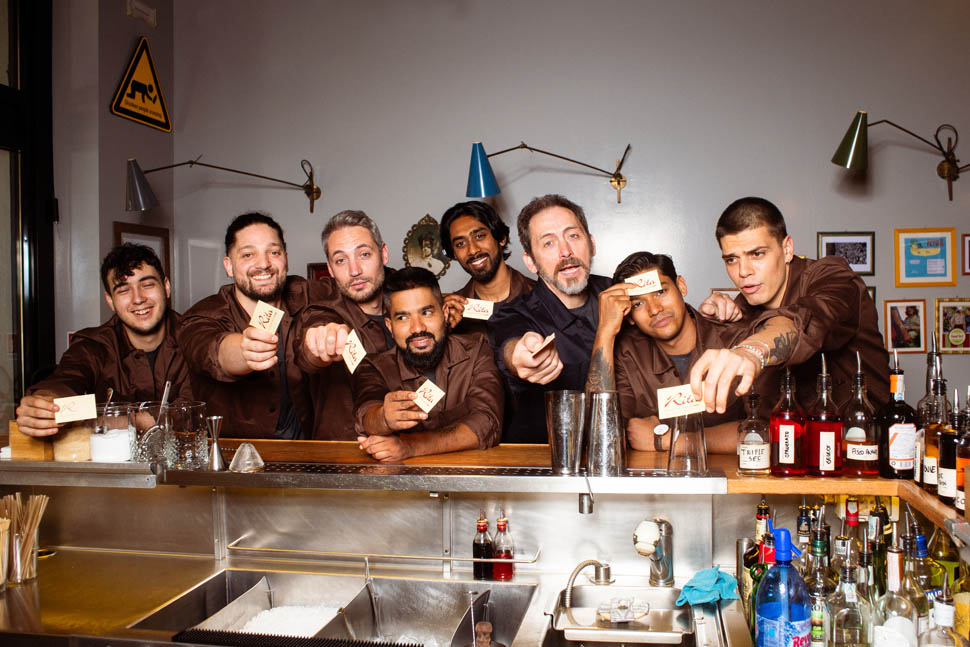
Among the must-haves is the Gin Zen cocktail that Edoardo created twenty-five years ago, based on crushed ice, gin, muddled fresh ginger, lime, and soda. There's also the Willy Wonka, with ginger jam, lime, cocoa liqueur, gin, and bergamot oil. Notable is their commendable approach to zero-waste mixing, both economically and environmentally sustainable. Over the years, there has been an increase in house-made products, with many proposed references using all parts of a fruit or vegetable, as well as syrups, cordials, garnishes, and extracts, in addition to kitchen work.
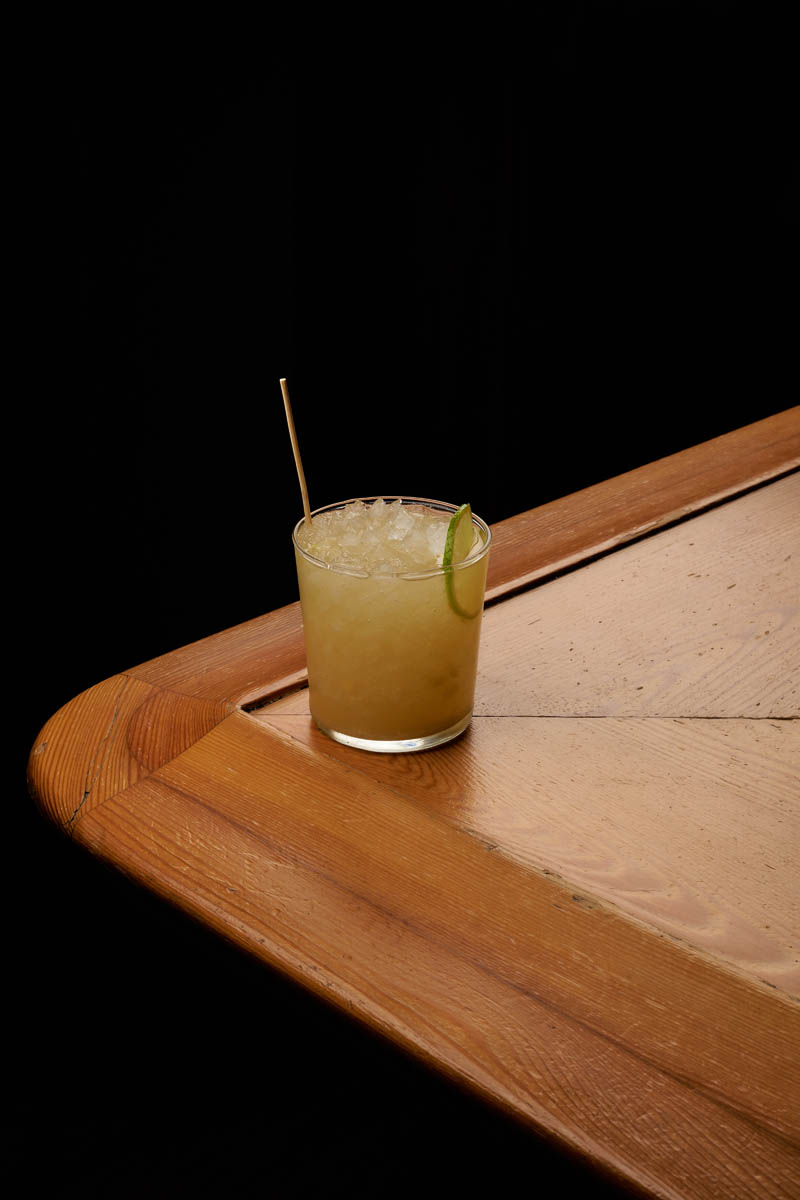
The drink
Andrea Arcaini, the group's bar manager, presents two cocktails in which some Koppert Cress microgreens are skillfully used: not just as a garnish but as an actual ingredient.
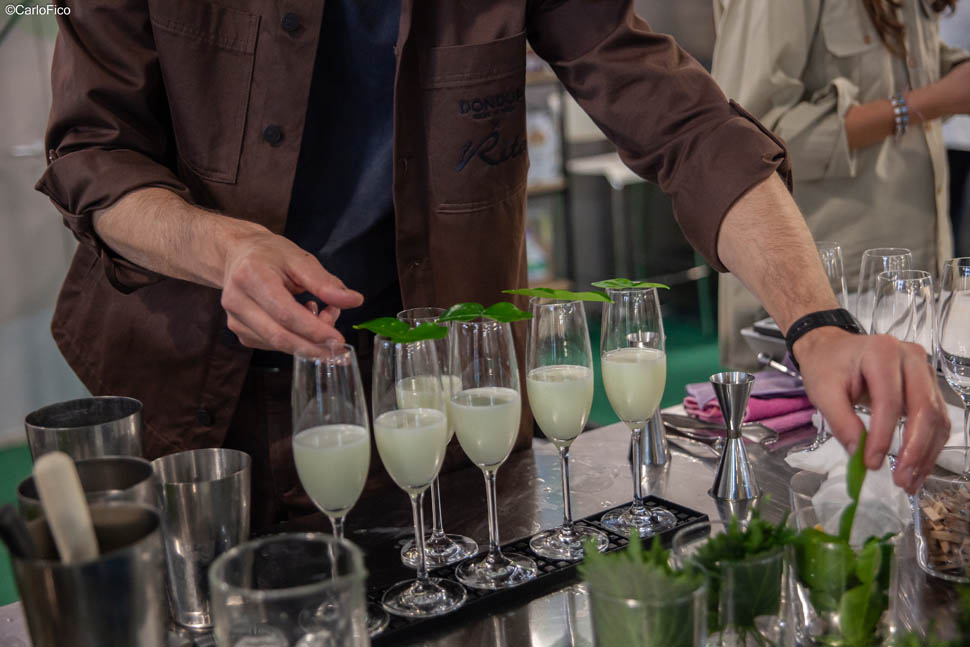
The first, very fresh, is called Fujiko, which Andrea compares to what is classically known as a gin sour.
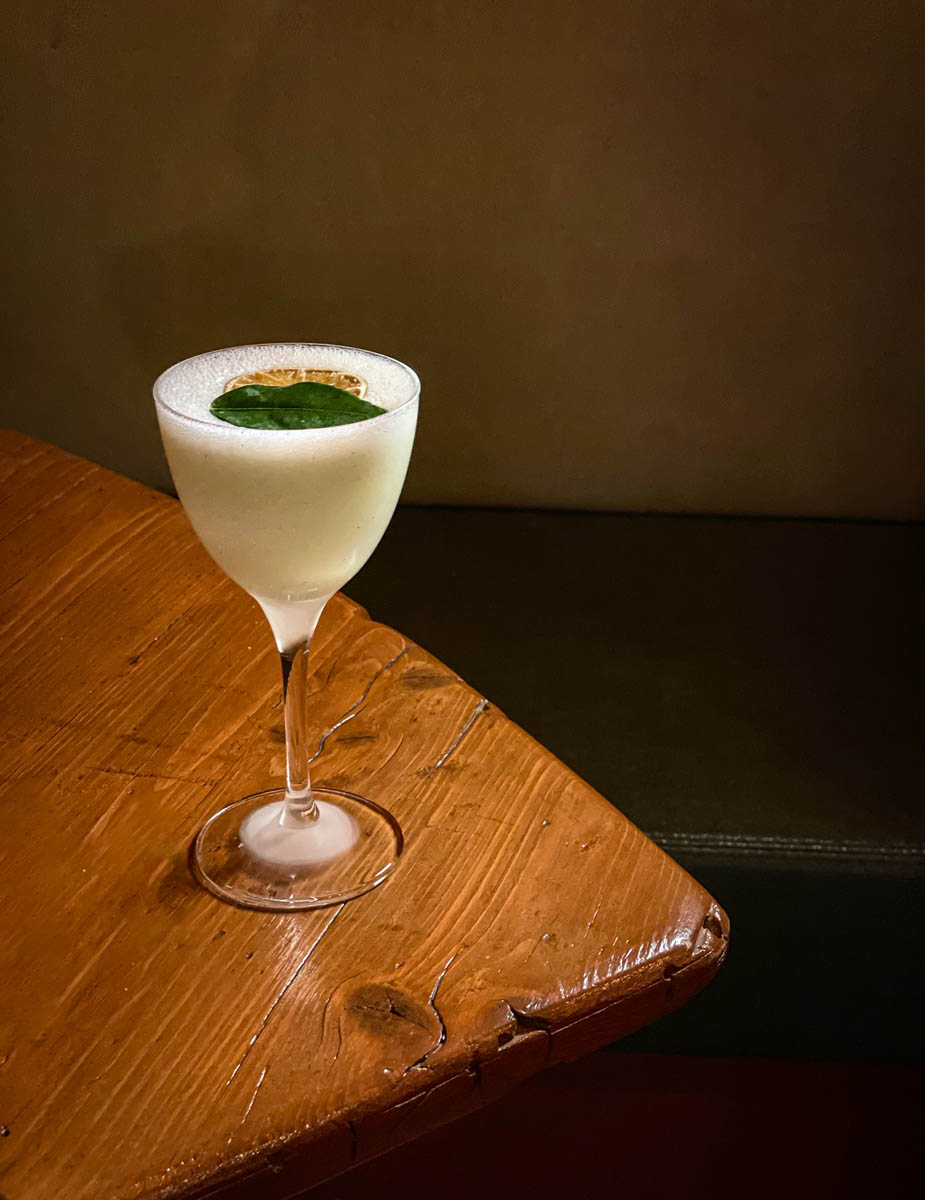
Shiso Leaves Green and kaffir lime are used here. Shiso Leaves, also known as Japanese basil, popular in Asia and usually used with raw fish, are crushed, and homemade almond orgeat, London coconut oil, and a few drops of absinthe are added.
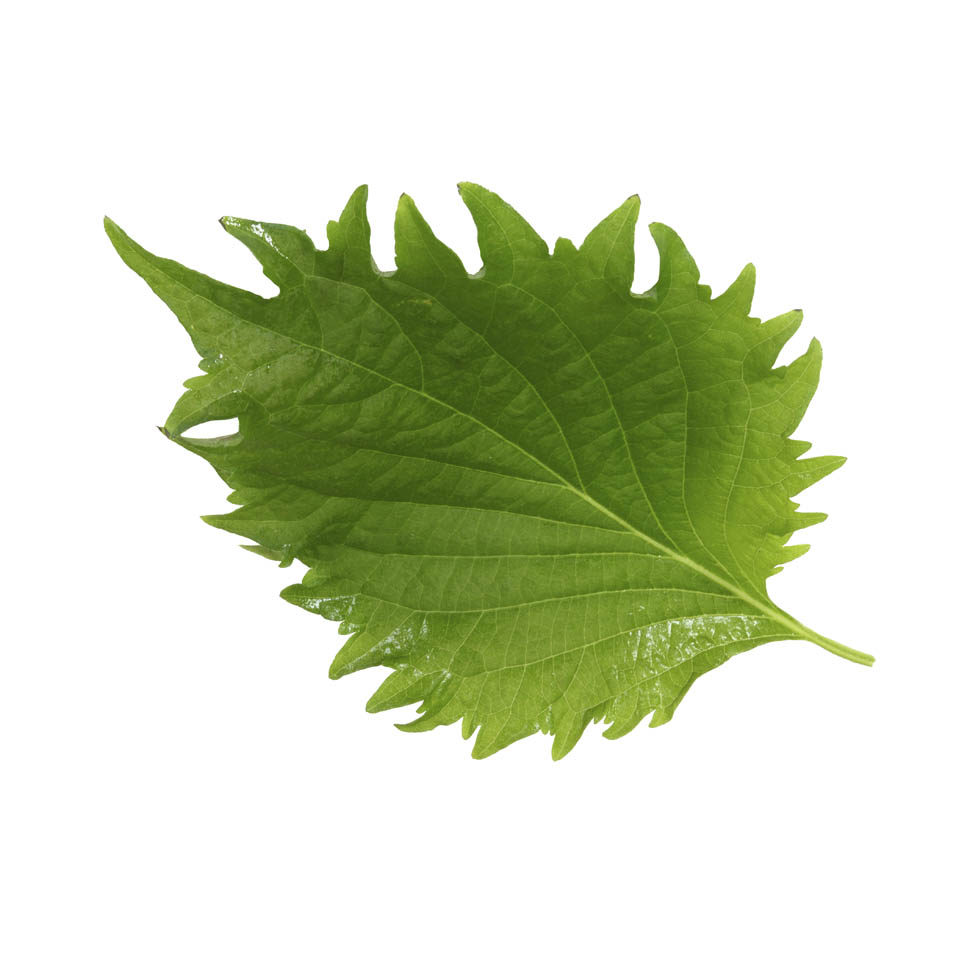
The fragrant Kaffir Lime is also used, with its characteristic dark and light green paired leaves. Very popular in Asia, it has a scent similar to lemongrass and is known for its calming effect.

The second cocktail has a name that plays on pronunciation: Green Peas. It is of modern origin and is based on Affilla Cress, a very peculiar-shaped herb with a sweet pea flavor. The Chinese call it He Lan Do, referring to the Dutch merchants of the East India Company who, in the 17th century, brought ideas and innovations to the farmers of the region.
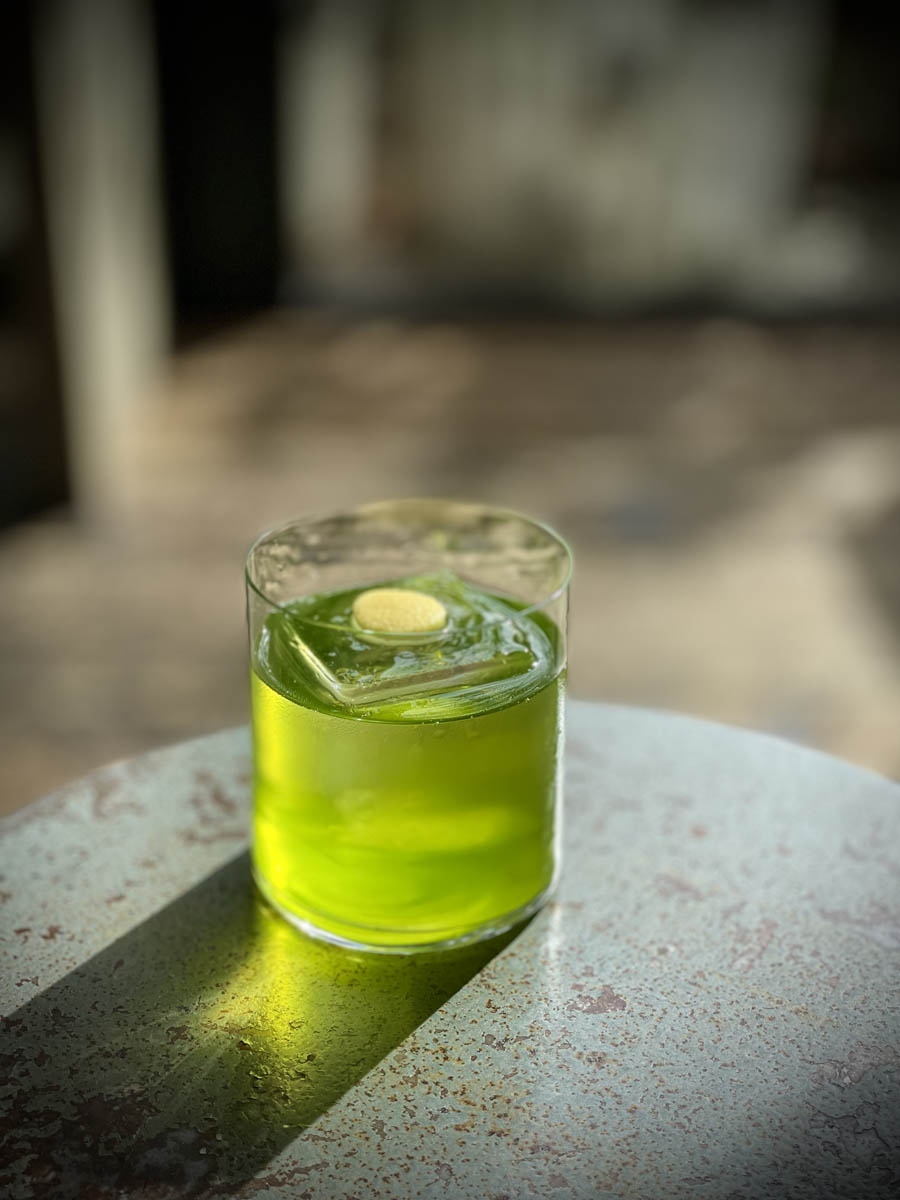
A 'pea' cordial is made with the vegetable being cold-blended to retain its color, elderflower liqueur, and vodka, resulting in a blend of great freshness.

The recipes
Fujiko
Andrea Arcaini, Rita&Cocktails, 2023
- 1 Shiso Leaves Green leaf
- 2 cl RTR Almond Orgeat*
- 1.5 cl Lemon
- 2 cl Hoxton Gin with coconut
- 4 cl Roku gin
- 2 dashes Absinthe
T: Muddle, Shake&double strain
S: Nick&Nora
G: Lime dry + Kaffir lime leave
- *RTR Almond Orgeat
- 600 ml Almond Water
- 1 kg White Cane Sugar
- 6 ml Bitter Almond Essence
Dissolve at 40 degrees Celsius
Green Peas
Andrea Arcaini, Rita&Cocktails, 2023
- 4,5cl Affilla Cress cordial*
- 1,5cl Elderflower liquor
- 4,5cl Vodka
T: Stir & strain
S: Top Class + Chunk
G: Affilla Cress
- *Affilla Cress cordial
- 5g citric acid
- 140g caster white sugar
- 280g Water
- 20g Affilla Cress
Blend 30” & Fine Strain
Inspired by Koppert Cress
